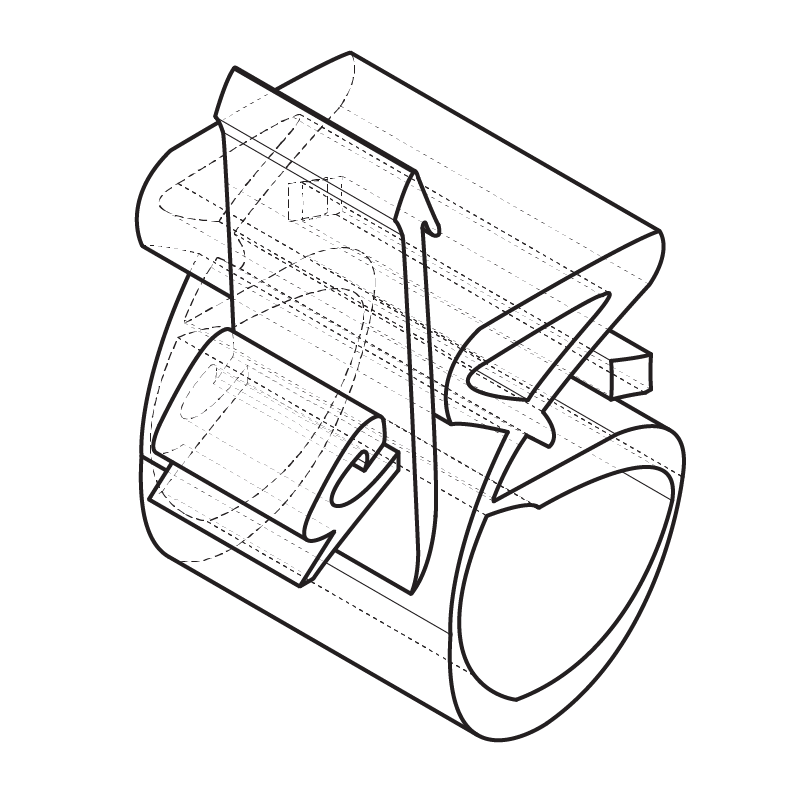Gemini is the first air sign of the zodiac. It is known as a “mutable” sign, the third type of character that is historically attributed to the signs. This essentially refers to the adaptability of Gemini’s influence - its ability to be flexible yet also indecisive. It shares this category with Virgo, Saggitarius and Pisces.
Amuli has associated Gemini with the fourth verse of Sura Az-zariyat, which can be translated as “The Chapter of the Wind that Scatters”. A number of translations, including Yusuf Ali, claim that the first four verses of this chapter characterize the four types of winds: one that scatters, another that lifts weights, one that is easy and gentle, and finally the one that distributes commands. It seems rather fitting that Amuli would associate this verse with Gemini given that it would be difficult to consider wind without the element of air.. but the other three verses describing the winds in this chapter are not the ones associated with the other two Air signs (Libra and Aquarius).
The word Muqasimat, whose root has two meanings - to distribute or to seek division - has a subtle reference to our common perception of Gemini, the Twins - the idea that we may be in a constant inner division between our heart and mind, or between the Ego and the soul. The Twins of Gemini are actually referring to Castor and Pollux, who in Greek mythology, are brothers of the same mother that actually had two fathers (Zeus and Tyndareus) - a very rare case known as heteropaternal fertilization (when two sperm are sharing one egg). Their appearance in the constellation of Gemini, according to this myth, is a wish that Zeus granted to Pollux, who asked him for immortality for Castor as well.
Back to the verse, the second word, Amran, originates from Amr, which is literally translated as “command.” The word has been used in many languages, becoming a royal epithet at one point (Emir), always retaining its association with “a divine order” or sorts. Translations of this verse are loose - it is unclear whether the wind is distributing a command or distributing by command.
I recall in Chittick’s book on the Metaphysics of Ibn-Arabi reading a discussion in regards to the metaphysical meaning of Amr. This discussion involved the idea that Amr itself could be considered “matter”; I have been unable to track down exactly where I found this, so I can’t confirm if that’s what I read, or if my notes are a representation of my wandering imagination.
Geometrically, the qualitative representation of the number 3 is the equilateral triangle. As the third sign in the sequence of 12, this marks the end of the one type of grouping according to Amuli and to generally accepted standards of traditional astrology - that of the triplicity of cardinal, fixed and mutable characters. If we follow the creation sequence geometrically, we move from a center point to a line to form 2, and would have to encounter the triangle to find the next position of ultimate balance - a position that is equally distributed and in harmony with its companions. The triangle thus represents the first Unity after One - an archetype that is critical in many faiths, such as Christianity, where the Holy Trinity takes root. Structurally, this is the most resistant orientation of forces, giving rise to the structural element of the truss and the space frame. At a molecular scale, the triangular bond describes the nature of water, our most previous life source - the bonds between hydrogen and oxygen. The majesty of this archetype is really reflected in its multiplication, as it forms the basis of the orientation of 6 (the directions of movement, thus considered as body or jism); 9 (the sacred enneagram, which we will discuss with Sagitarrius) and finally 12 - the completion of the zodiac, formed through the triplicity of the the four elements. To really get to know the sacred properties embedded in the qualitative aspect of numbers, I would recommend 1000% purchasing a copy of Keitch Critchlow’s Islamic Patterns (an analytical approach to Islamic Cosmology). This book has changed my life.

